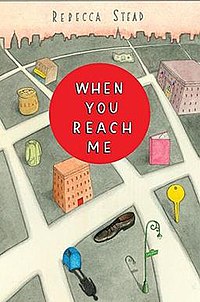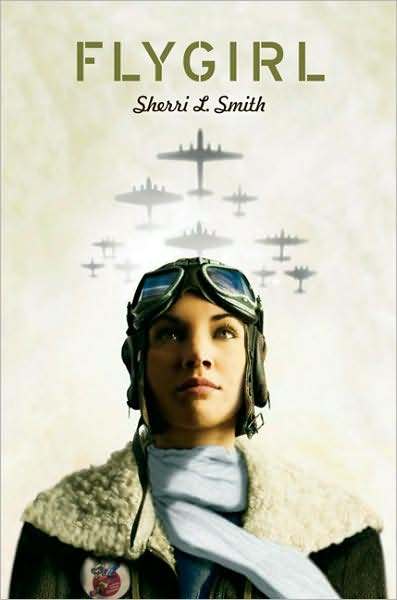Title: Weedflower
Author: Cynthia Kadohata
Required Text
Before I started reading Weedflower
I was somewhat unenthusiastic about the book simply because I wasn’t sure
what to expect. However, by the end of the first chapter I was hooked and
couldn’t put the book down. I was
quickly roped into twelve-year-old Sumiko’s character and was fascinated by the
life that she lived with her Japanese family on their flower farm in rural
America. Part of the reason I was roped into Sumiko’s character so easily is
simply because I related to her and sympathized with what she was going
through. When she gets invited to a special birthday party and then gets
uninvited because she is Japanese, I just had tears in my eyes. On the one
hand, I knew what it was like to be ostracized and bullied but on the other I
had no idea what it would feel like to be excluded because of my skin color. It
also broke my heart that she had spent so much on the birthday gift when her
family was just scraping by. I felt how much she wanted to fit in and it just
broke my heart that she wasn’t accepted because of her race.
Then there was Pearl Harbor. The part when she had to burn
the only picture she had of her parents because it was “Un-American” and the
part when they had to get rid of Baba just broke my heart. Overall, there were
so many sad parts in the book that made it so personally touching. I truly view
this part of American history in a different light now. As I said with Leon’s Story, parts of America’s past
like this seem so far away, so unrealistic and hard to relate to until you see
it through the eyes of someone who experienced it. Then the horror becomes so
vivid it’s hard to stomach. That aside, I think this text is one that should
definitely be used with middle school students. If reading it touched my life,
it is sure to touch theirs and give them a better idea of what the
Japanese-Americans went through immediately following the attacks of Pearl
Harbor. This was a truly excellent book
that I would recommend to just about anyone.













